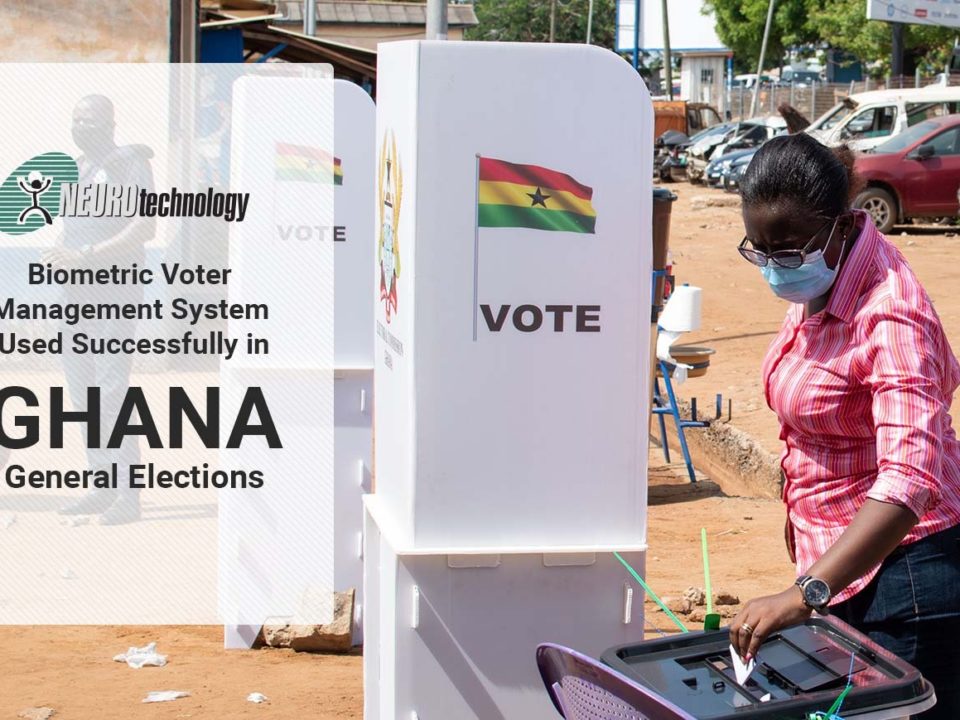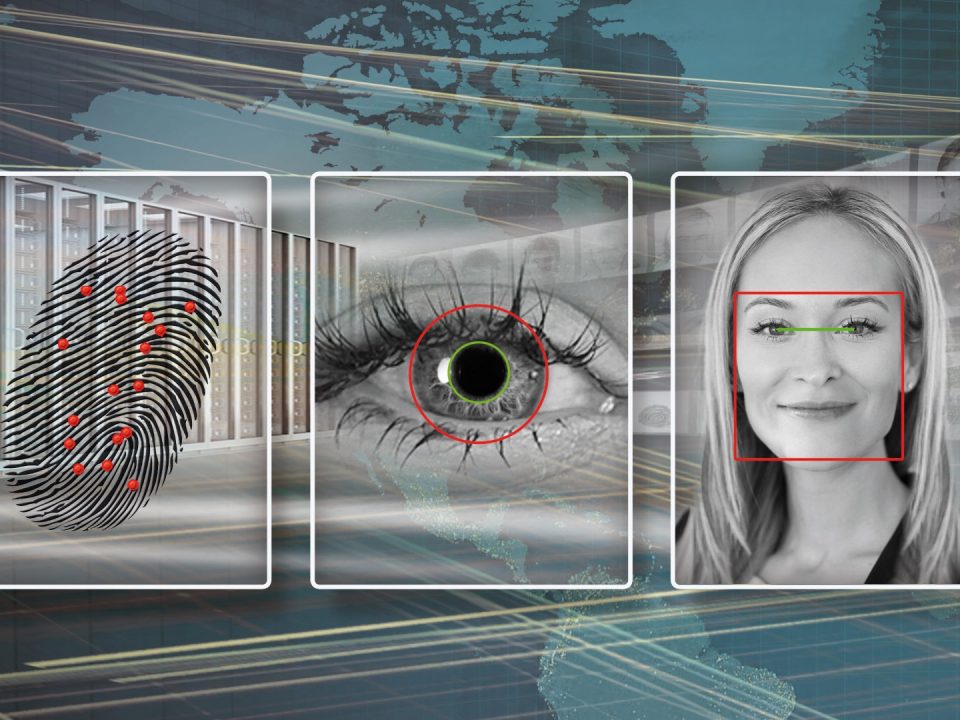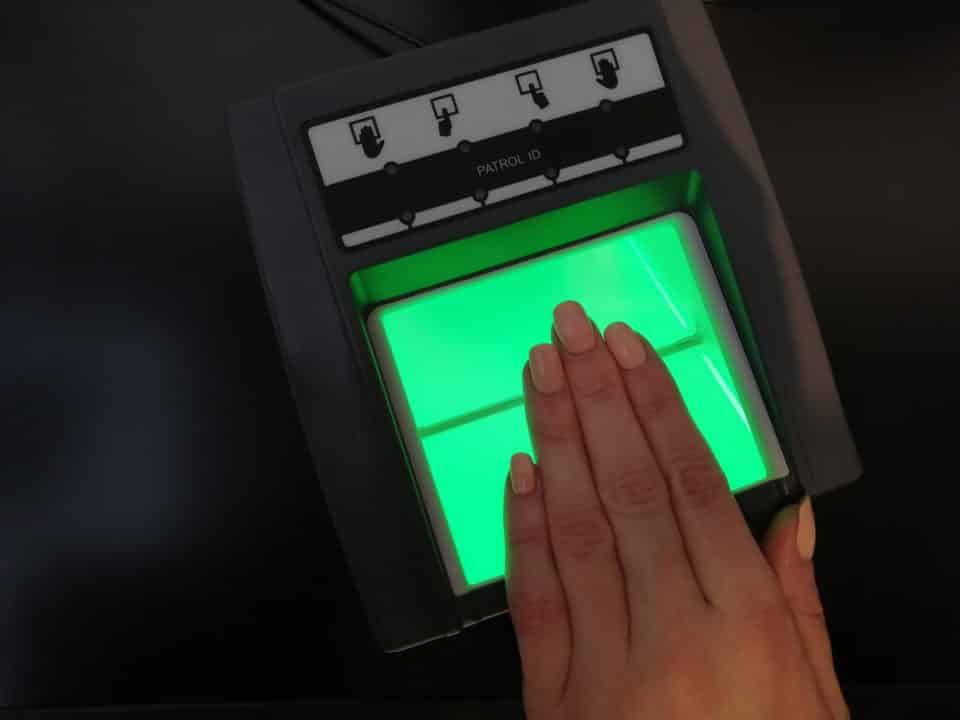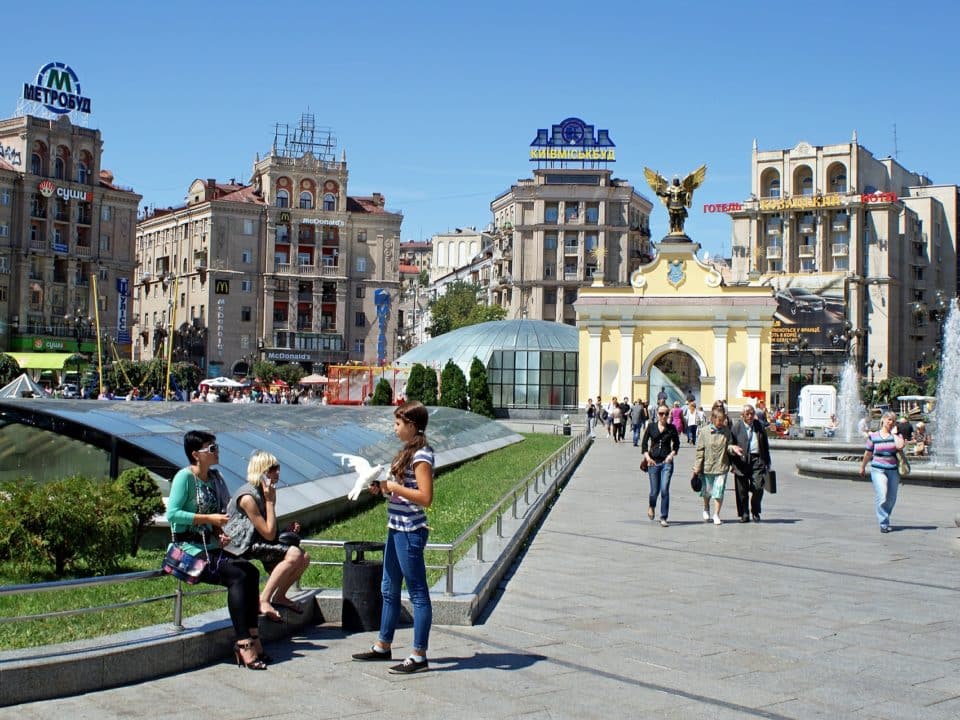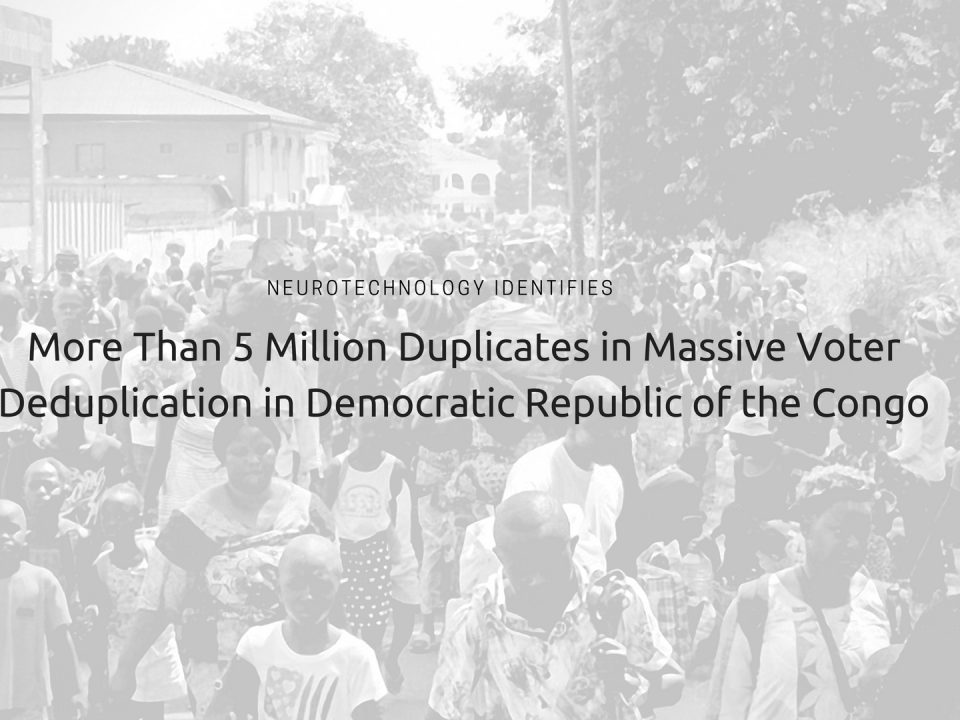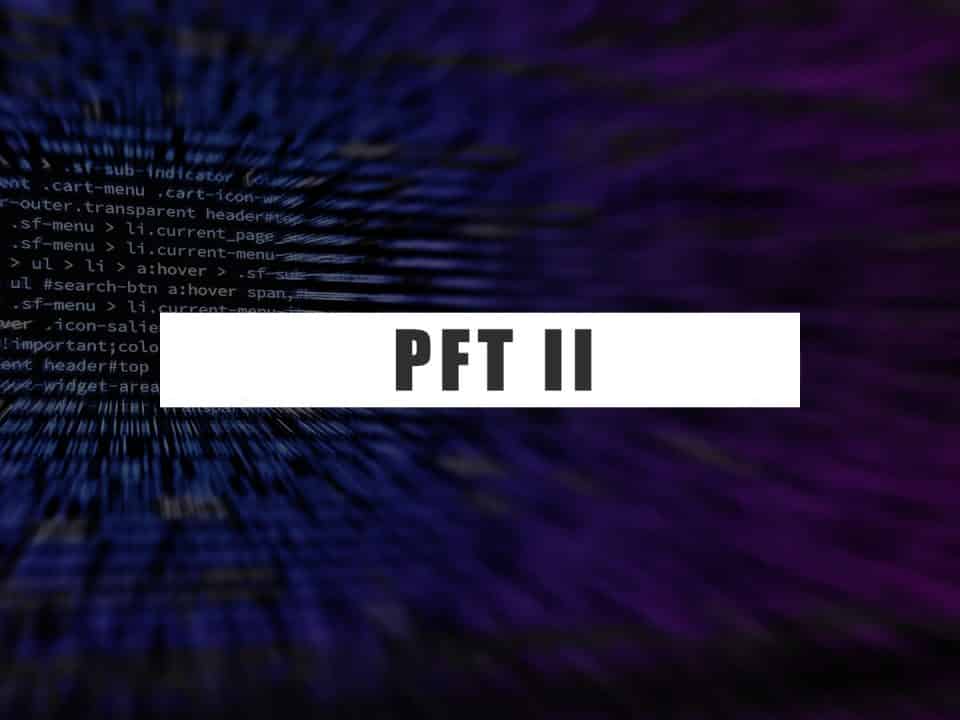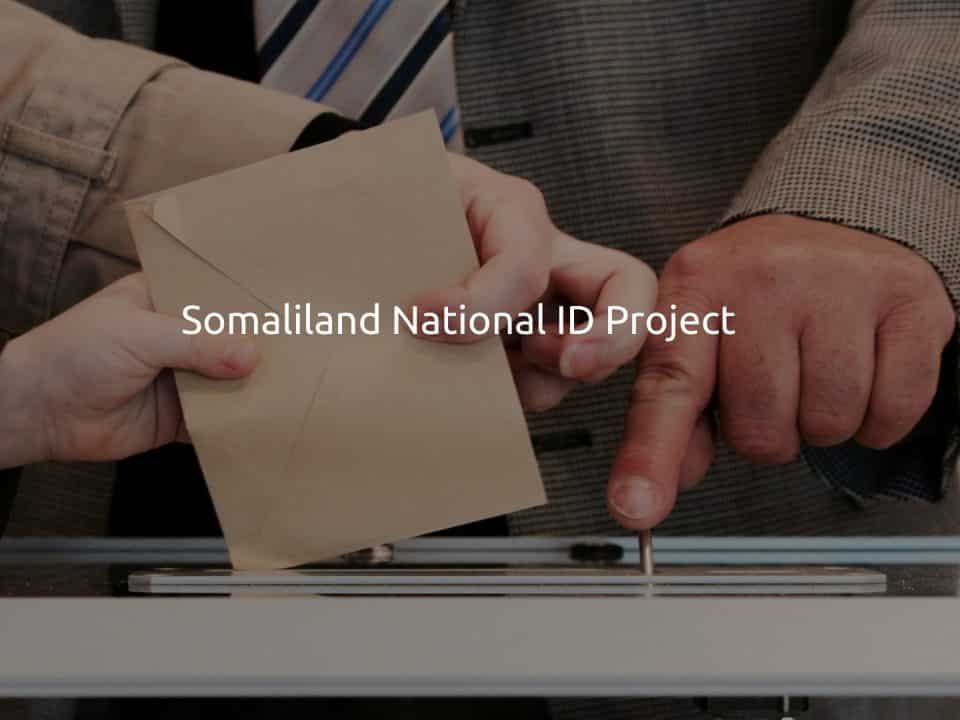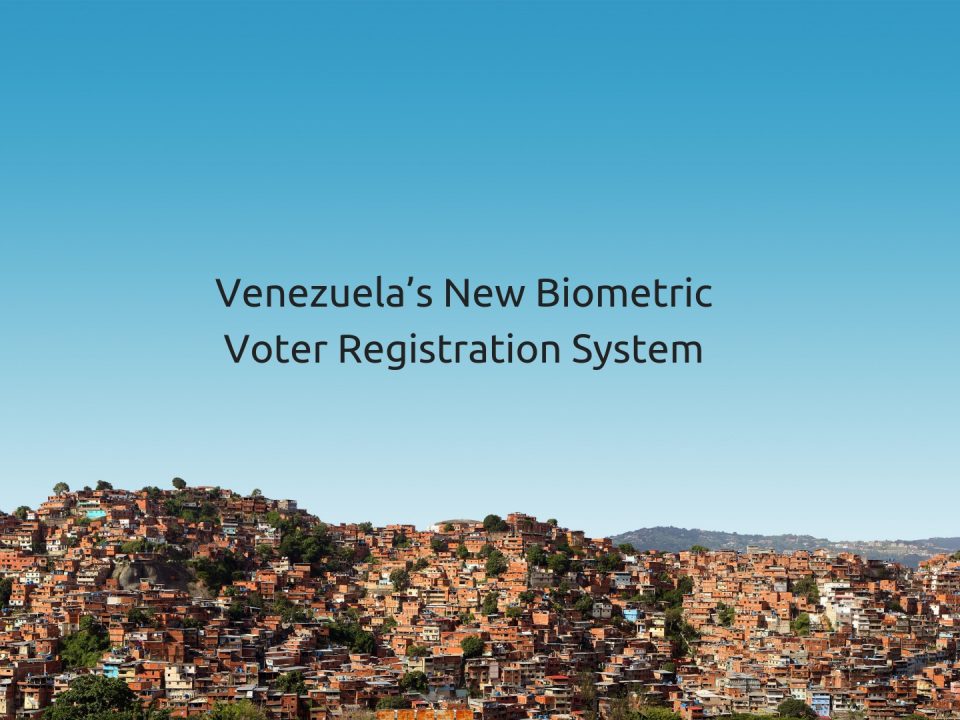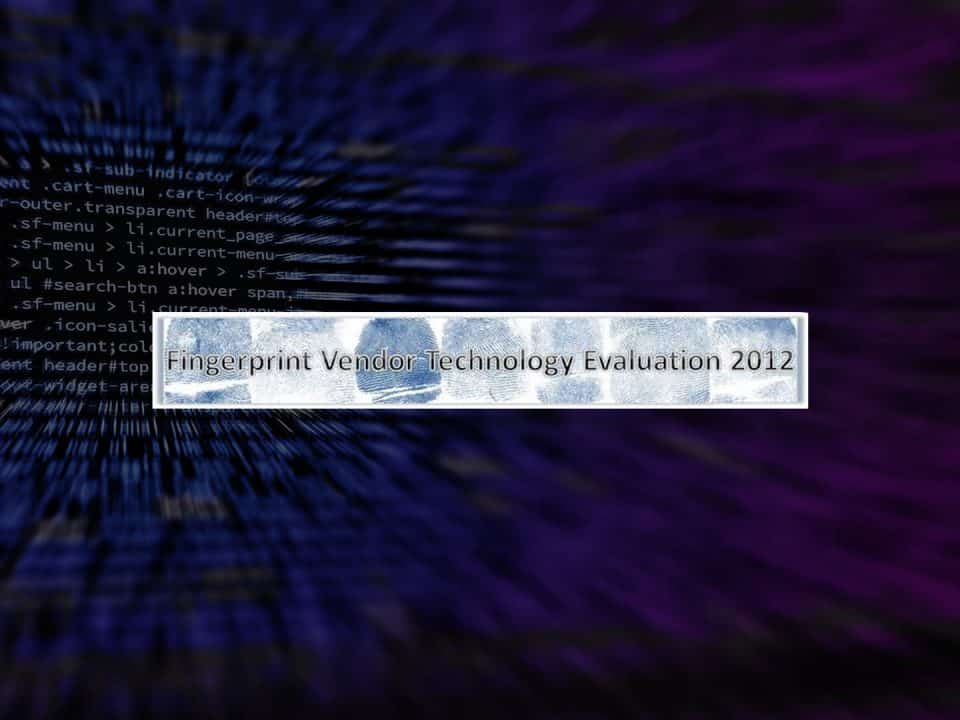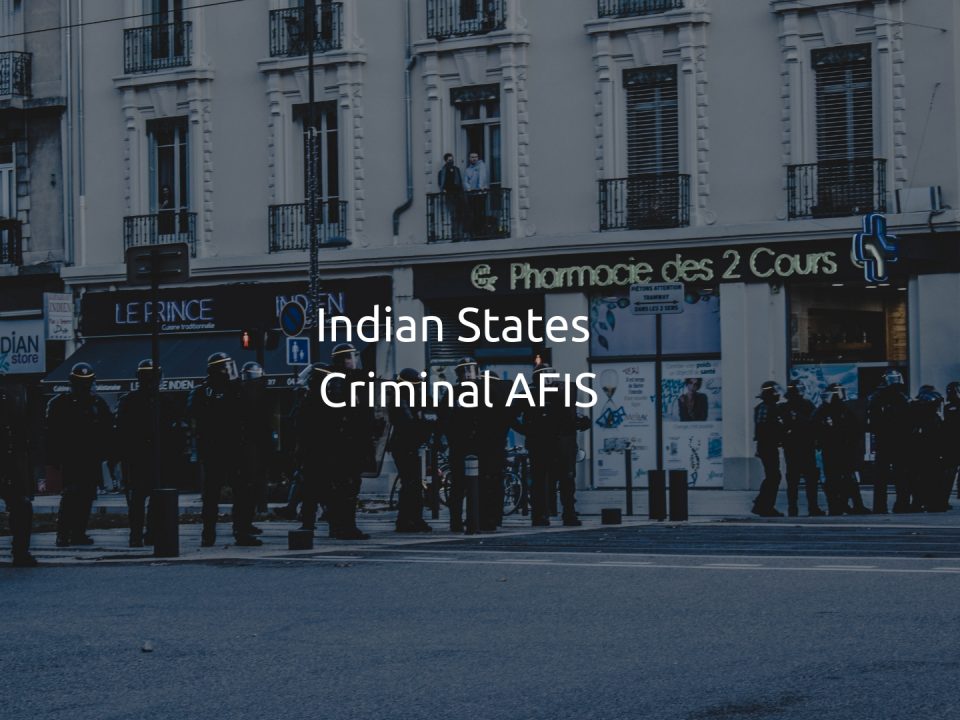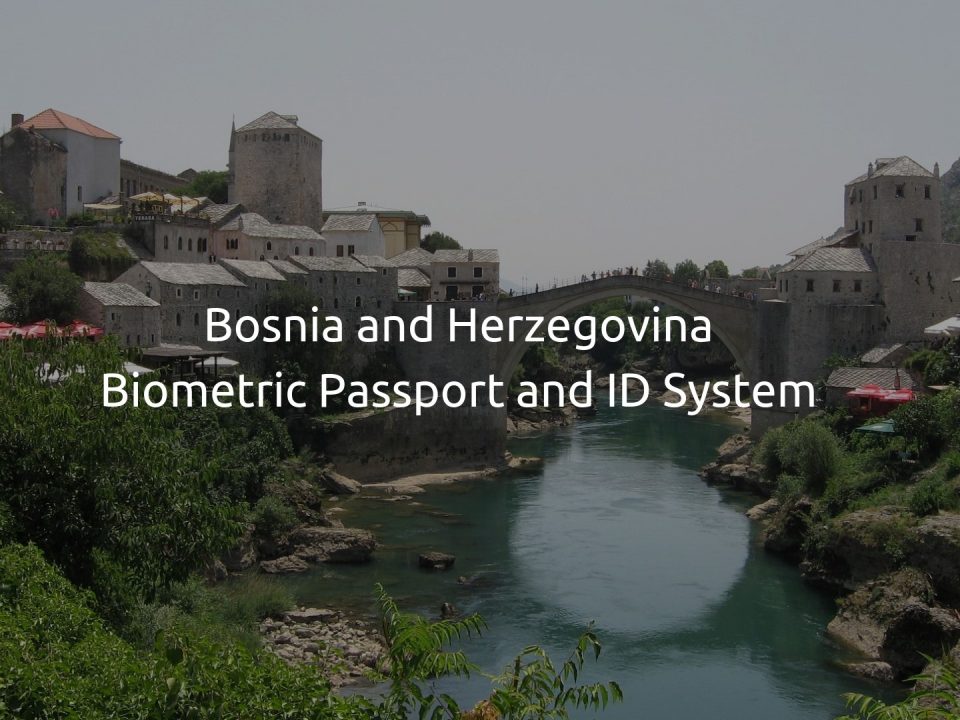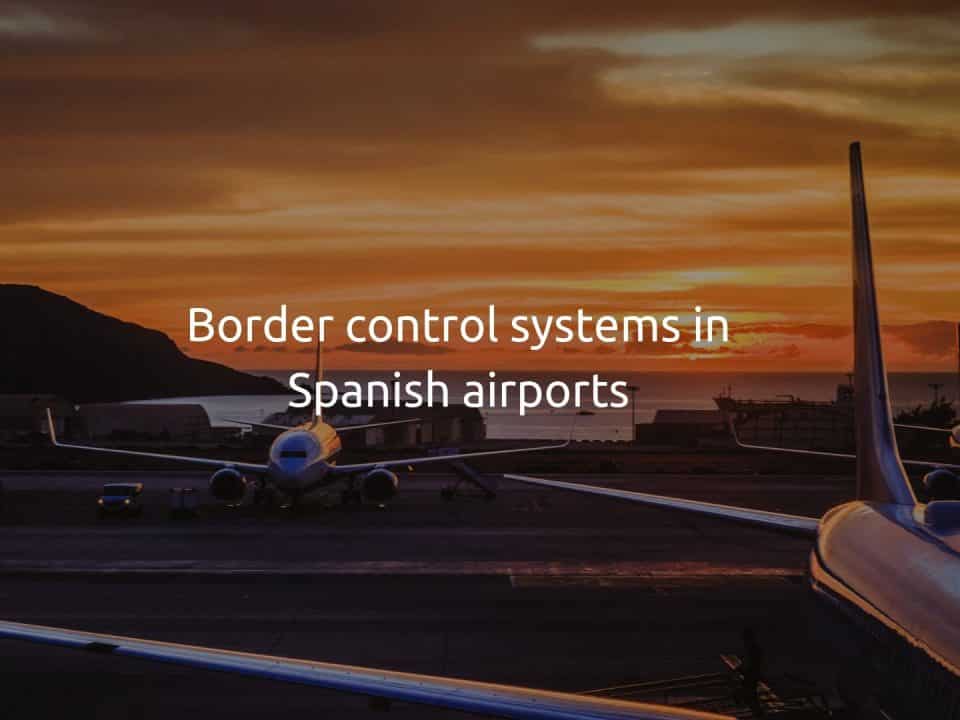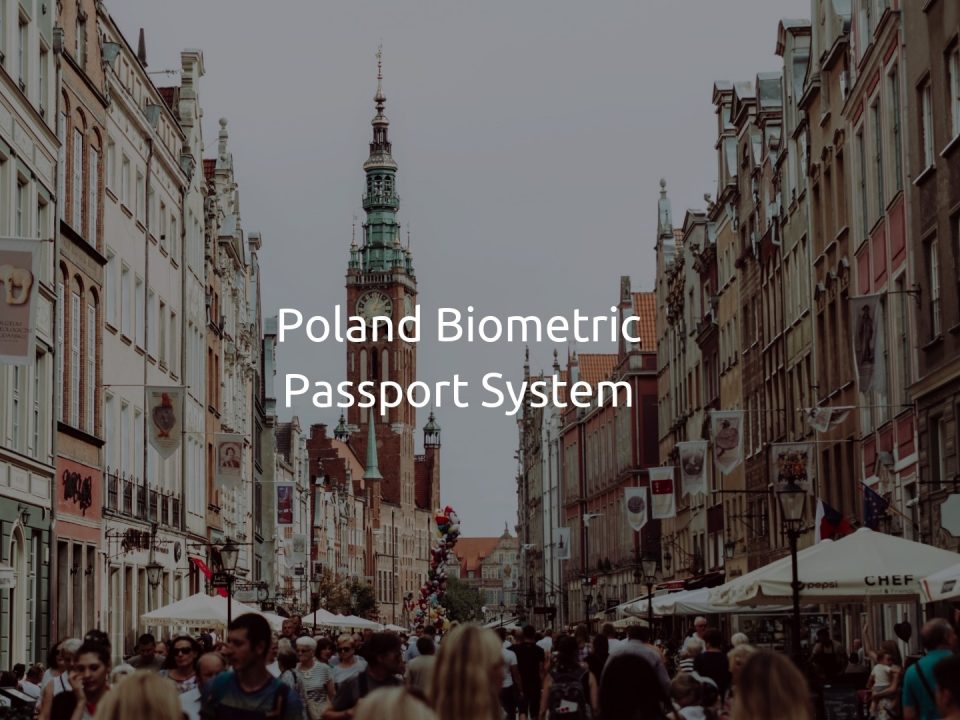October 5, 2021
March 23, 2021
March 22, 2021
Accurately identifying individuals is the first step towards a more secure society. In such a digital age security continues being one of the main concerns, especially since we have integrated technology into our everyday lives. Whether to protect sensitive data, to prevent fraudulent activities or to identify criminals, there is always demand for technologies that ensure safer ways of communication. Successfully being used in various government and enterprise applications biometrics can offer all of that and their opportunities are limitless.
August 8, 2019
The MINEX III evaluation is a NIST SP 800-76-2 Biometric Specifications for Personal Identity Verification (PIV) U.S. Government program compliance evaluation. It is a successor to the discontinued MINEX Ongoing program.
March 26, 2019
In 2019 MegaMatcher SDK palm print matching algorithm has shown the top result at the FVC-onGoing evaluation. The Palm Print Matcher was the most accurate overall and fastest among the five most accurate matchers.
January 10, 2019
December 4, 2018
In 2018 Neurotechnology's iris recognition algorithm has been judged by the National Institute of Standards and Technology (NIST) as the second most accurate among the participants. The accelerated version of the algorithm was nearly 50 times faster than any other matcher in the NIST IREX IX evaluation.
April 24, 2018
DR Congo Voter Registration Project uses MegaMatcher ABIS solution. 46.5 million voter records deduplicated, 6 million duplicates and underage records found.
February 15, 2018
In 2018 Neurotechnology has been ranked among 8 most accurate face recognition algorithm vendors out of 39, with tenth most accurate algorithm out of 78 in the FRVT leaderboard.
January 17, 2017
In 2017 Neurotechnology fingerprint algorithm was submitted to NIST Proprietary Fingerprint Template Evaluation II. The algorithm's template matching accuracy was among the best participants in most of the experiments.
December 18, 2015
Somaliland government decided to register all Somaliland citizens for the creation of a biometric National Identity Card system.
January 4, 2013
The Sri Lanka Bureau of Foreign Employment needed a way to accurately identify and record Sri Lankan citizens working in different countries around the world, as well as eliminate the use of fraudulent passports.
January 2, 2013
The National Electoral Council of Venezuela wanted to update their existing voter registration system with a more open and cost-effective technology.
January 4, 2012
FpVTE 2012 is the latest and the largest independent evaluation of fingerprint identification technologies conducted by the National Institute of Standards and Technology (NIST). The evaluation used operational fingerprints datasets which contained several million subjects and tested one-to-many identification scenarios with finger combinations varying from single finger to ten fingers.
January 4, 2012
Indian police departments required a tool for the investigation of criminal activity through the quick and accurate identification of latent fingerprints collected at crime scenes.
January 4, 2011
IDDEEA (the Agency for Identification Documents, Registers and Data Exchange) developed the biometric identification system in-house using the MegaMatcher Extended SDK. The system, which was launched in October 2009, uses MegaMatcher components and ensures quality and accuracy required to meet European Union standards.
January 4, 2010
Indra has deployed quick access border control systems based on MegaMatcher in the airports of Madrid-Barajas and Barcelona-El Prat for European citizens.
January 4, 2009
Polish Security Printing Works, working closely with the Polish government selected Neurotechnology's VeriFinger fingerprint recognition technology to be the verification engine for all newly issued passports.

